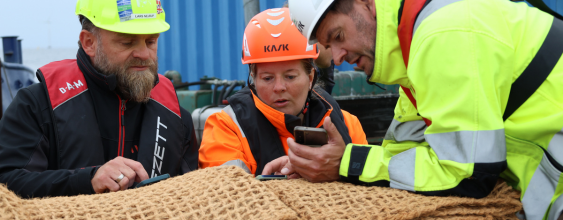Markets offer an intriguing solution to the gap between the level of investment required to repair ecosystems, and the amount that public or philanthropic sources can provide. Policymakers view markets as a mechanism for leveraging finance from companies and investors.
This type of private financing is the main driver for markets today: there are simply more potential buyers than there were several years ago. Regulations are steering companies in search of ways to generate positive gains for nature, with requirements expected to ratchet up over time. For example, the EU’s CSRD follows the “disclose and act” process, requiring companies to make negative impacts visible, but ultimately requires them to treat nature as an asset that requires maintenance and repair. While regulatory compliance is a strong driver for companies, other factors should not be discounted, such as global peer pressure, the desire to get ahead of the regulatory curve, and the realization that nature-positive solutions often support a company’s bottom line – as well as securing access to financing for growth. Interestingly, some drivers start as voluntary, but become mandatory: the carbon-reporting requirements in the UK are built on the previously voluntary Taskforce on Climate-related Financial Disclosures framework. The newly published nature reporting requirements from the Taskforce on Nature-related Financial Disclosures are voluntary today. Might they become mandatory tomorrow?
Complementing this, there are also more sellers. In response to rising demand, landowners are identifying new income streams to complement existing agriculture and forestry activities. Meanwhile, financing models for nature restoration are relying on the growing infrastructure of environmental markets, which further stimulates supply. When investors see nature as a market opportunity, this mobilizes private capital for biodiversity and nature on a much larger scale. There are now more than 160 signatories to the Finance for Biodiversity Pledge, representing over €20tn assets under management, providing an indication as to the potential scale of finance available for nature repair. This also underscores the systemic change that is occurring: investors are changing lending practices to mitigate the risk of stranded assets, while companies must change their practices to retain access to finance for future investments.
As a supporting factor, there are now more standardized ways of measuring environmental assets, such as the UK’s biodiversity metric, the NATURE Tool co-developed by WSP, and the CLIMB tool for Sweden and the Nordics. Just as tons of carbon emitted or sequestered became a useful metric for carbon markets, now biodiversity and natural capital valuation models that quantify loss due to exploitation and gain due to restoration are creating more trust between buyers and sellers.
























